- Mantra – a formula text consisting of a single syllable (letter) to several related words or phrases, which has the ability to transform reality – mental, emotional, physical.
The root “man” means to believe, to think”, to think”, the suffix “tra” – “tool, device”. That is, literally – ” a way to embody what is conceived, what is on the mind.”
The language of mantras is mainly Sanskrit (often different from the normative or distorted), there are also mantras in Brahmi, Pali, apabhramsha, as well as in Tibetan, Chinese and other languages.
Mantras often have no specific meaning or unambiguous semantics. These can be syllables that represent the letters of the Devanagari alphabet, Brahmi, or are exclamations and interjections.
There are many directions of mantras, for example:
Mantra-yana: the path, the chariot of mantras; synonymous with a number of directions within tantric traditions, such as Vajrayana in Buddhism.
Mantra-vidya: the teaching, the science of mantras.
Mantra-shastra: Guides to Mantras.
Mantra Yoga: one of the sections of yoga practices.
Mantras may have one or more classifying aspects:
Sound – musicality of sound, frequency of vibrations, vibration.
Word-expressed in a syllable, compound word, or longer text.
Color – has a special color or not.
The symbol is the external appearance of the mantra, can be used in diagrams, ornaments, drawings, yantras, talismans, visualizations of energy constructs.
Body – the recitation of a mantra may require a certain position of the body in space (asana) and certain symbolic hand gestures (mudra), motor actions (in a certain rhythm and pace).
Gods-mantras are associated with a particular god or several deities, the recitation of the mantra contributes to the manifestation of their essence and power.
By origin, Mantras can be divided into:
Pranava mantra-Aum, consisting of 4 sounds – this sacred syllable is considered the source of all other mantras.
A mantra can be either a simple name of God, or a derivative of it, or it can be a brief content of doctrines.
For example, the clearing of obstacles and transforming Mantra derived from the Upanishads-pavamana mantra of the Brihadaranyaka Upanishad:
Asato Ma Sat Gamaya
Tamaso Ma Jyetir Gamaya
Mrityor Ma Amritam Gamaya
Aoum Shanti Shanti Shantihi.
“From nothingness to being let me move,
From darkness to light let me move,
From death to immortality let me move
Aoum Peace, balance, peace.»
Mantras can be obtained as a result of revelation from the Gods or as a result of meditation.
Apart from ancient exclamations, onomatopoeic words (for example, phat-the crackle of a fire) or short words-formulas, exclamations uttered during rituals (svasti, svadha, svaha, vashat),
Mantras are also considered-shabad, the words of a Guru, avatar or prophet from spiritual texts:
So there are categories of Mantras, plowed (like curd from milk) by the creator of Prajapati from the 3 Vedas-Rigveda, Yajurveda and Samaveda. These are mantras like rik (rig, rich), saman, yajus, nigada.
For example:
Ojah sahah saha ojah.
Bhur bhuvah swah.
Vyahriti.
Sathya mantras-from the texts of the Rig Veda aimed at finding the truth.
Mahakarika Mantras-sayings from the Upanishads
Matrika mantras – “mother” – 50 letters and their syllables of the Devanagari alphabet, which are understood as the source of wisdom. Each syllable is associated with a specific part of the body, on which the adept puts his hand when pronouncing.
According to the method of action, they are distinguished:
Kavacha mantras-wearing armor that protects the adept from attacks.
Aster mantras-armed, aimed, sending weapons at the enemy.
Vidyut mantras-glowing flashing and destroying evil.
There are mantras that call evil, love spells, and intoxicating: istambhan, vashikaran, akarshan, maran, etc.
Mantras can be shared as well:
For men and women,
lunar, solar and planetary, soothing and awakening.
According to the peculiarities of the transmission of Mantras, they are divided into two categories:
Those that are passed only personally – from teacher to student.
And well-known ones that make up the general cultural heritage.
There are bijakshara, or bija mantras – “seed” mantras, monosyllabic, usually ending with anusvara – “m” nasal, which has the power of materialization.
Dharani mantras – (“holding”) – are longer and are aimed at focusing attention during meditation.
They also divide Mantras based on the number of syllables contained in them:
Panchakshara mantras of 5 syllables
Aoum Namah Shivaya.
Shadakshara mantras of 6 syllables,
Oum mani padme hum,
Dvadashakshara mantras of 12 syllables,
Oum namo bhagavate vasudevaya
The number of syllables and sounds is also an expression of the power behind the mantra.
According to the manner of pronouncing distinguish:
Kantika mantras – spoken by voice, articulated.
Vachika or anirukta mantras – clearly spoken during the ritual.
Bhramara mantras-mumbling, during repeated repetitions.
Janantika mantras – very quiet pronunciation in a whisper.
Karnika mantras are those that whisper directly into the ear.
Japa mantras-repeatedly pronounced (5, 10, 28, 108, 1008 etc. times), the number of their utterance is counted with a rosary.
Ajapa mantras-not spoken aloud.
Upamshu mantras are silent prayers.
Manasa mantras are mental mantras, those that are meditated on and acquired from the akashic space during trance.
There are rules, regulations and prohibitions for the use of mantras according to the level of initiation:
Time, place, intention, orientation of the body to the cardinal directions, the state of the adept himself, the accuracy of recitation.
A mantra uttered at the wrong time, by an unprepared person, with the wrong intentions, leads to tragic consequences.
The utterance of Mantras is aimed at a certain result:
Getting what you want,
getting supernatural abilities (siddhi),
entering into a mystical trance, enlightenment.
Mantras can be used as a spell or a spell:
For finding the lost,
for healing,
for attracting good luck; for protection,
for redeeming karma,
for driving away evil spirits,
as a prayer-a call to the spirits, gods, or the adept’s own will,
as a statement;
as a tool capable of performing magical actions:
to purify, to get rid of pollution, desecration, to connect the adept and the higher reality,
transform the adept and his personality, endowing him with wisdom, immortality, understanding of sunyata-emptiness in Buddhism, or lead to moksha liberation from a series of births and deaths, etc.


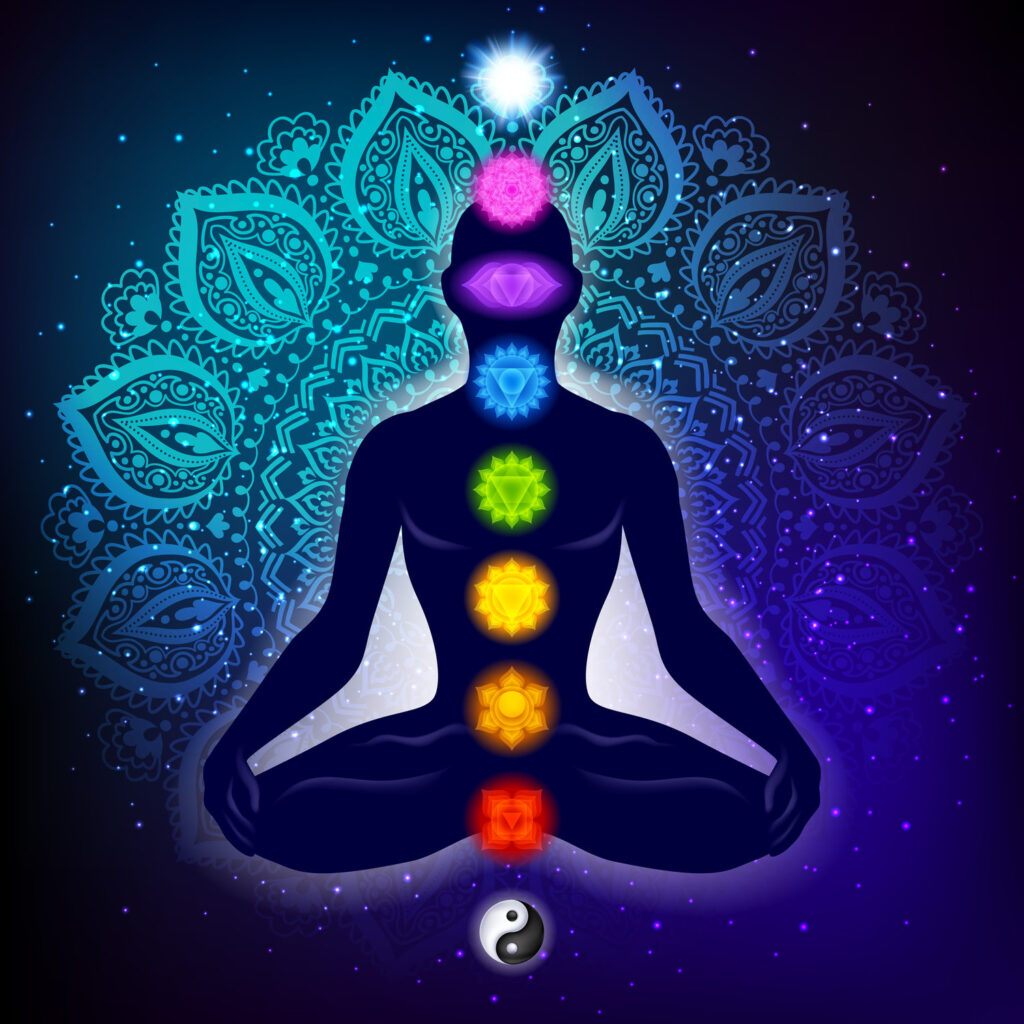
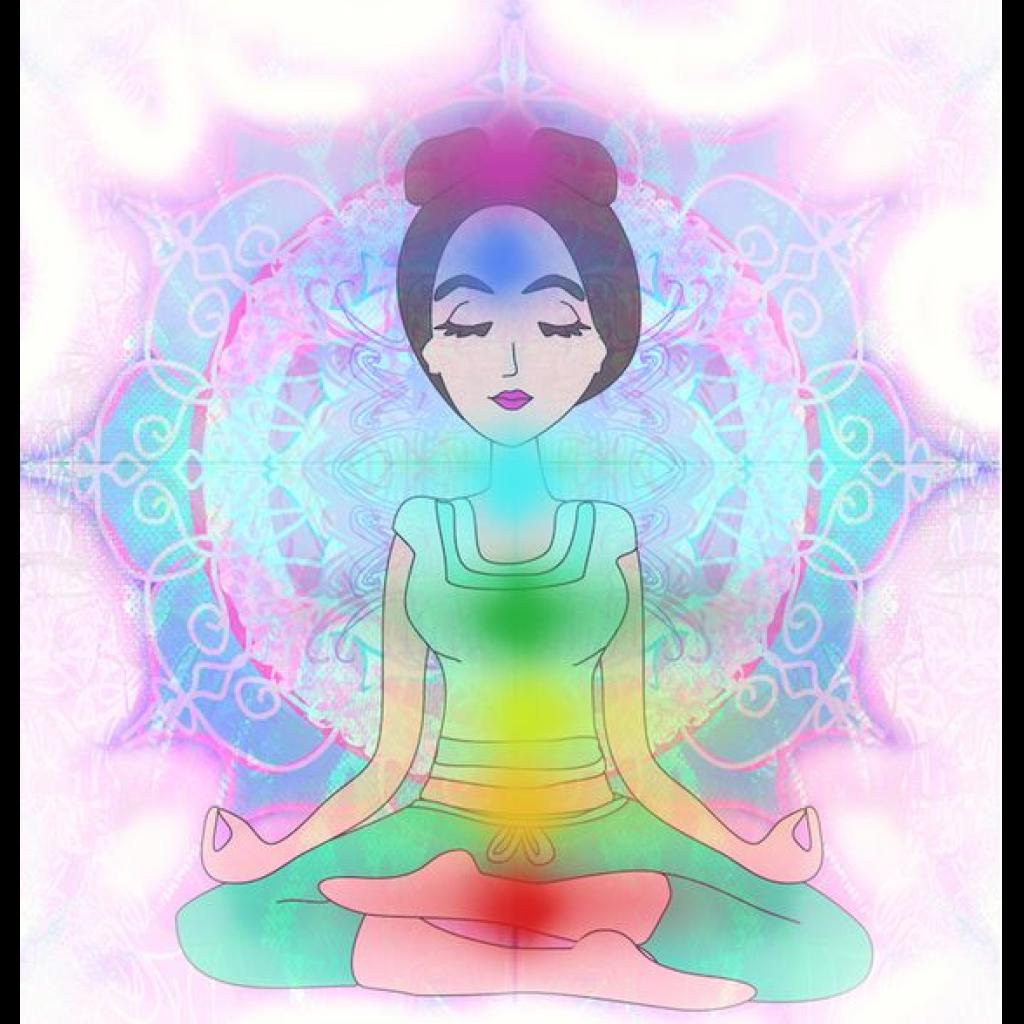
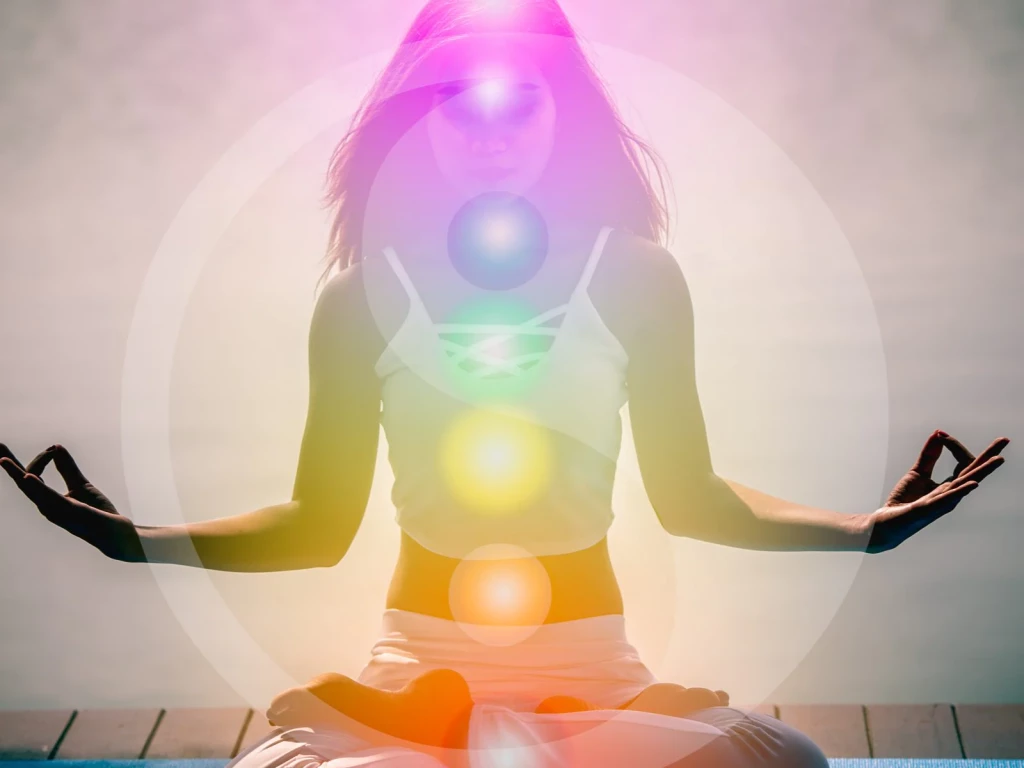
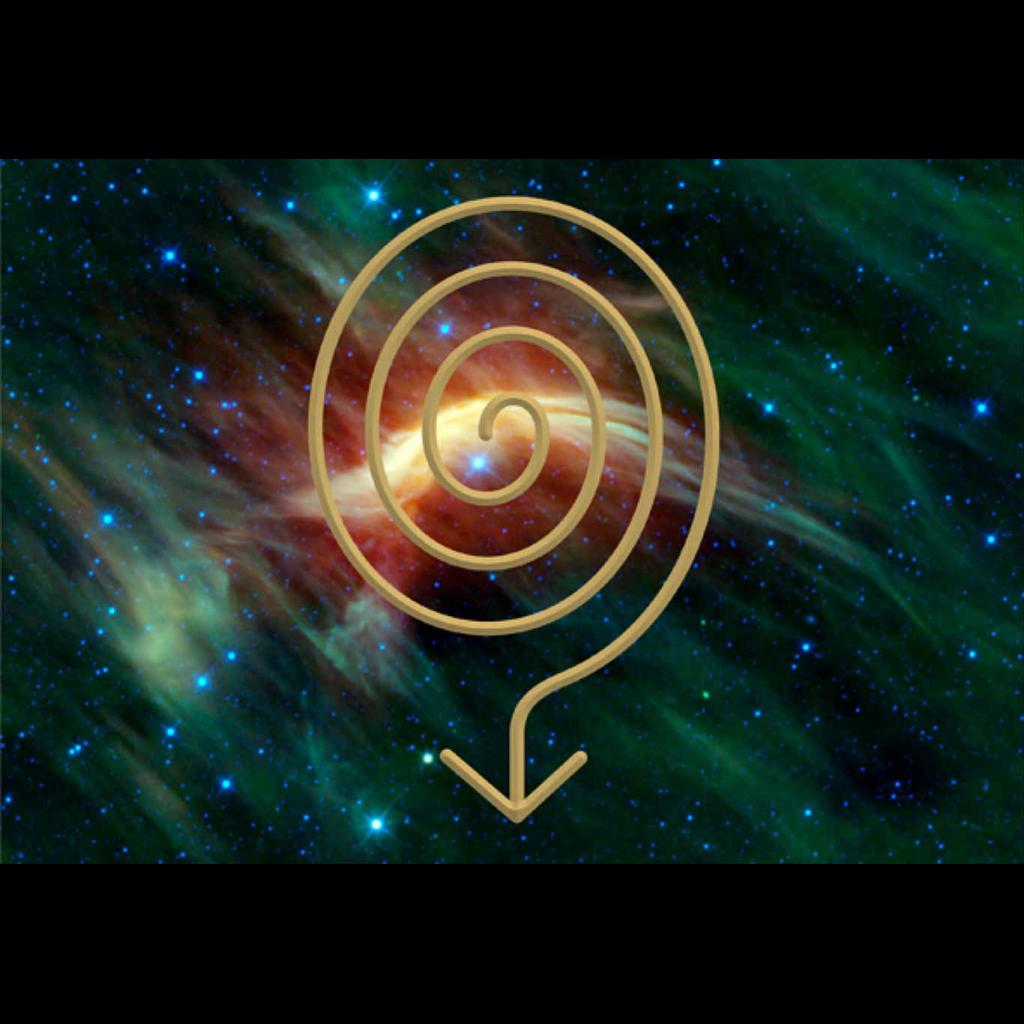
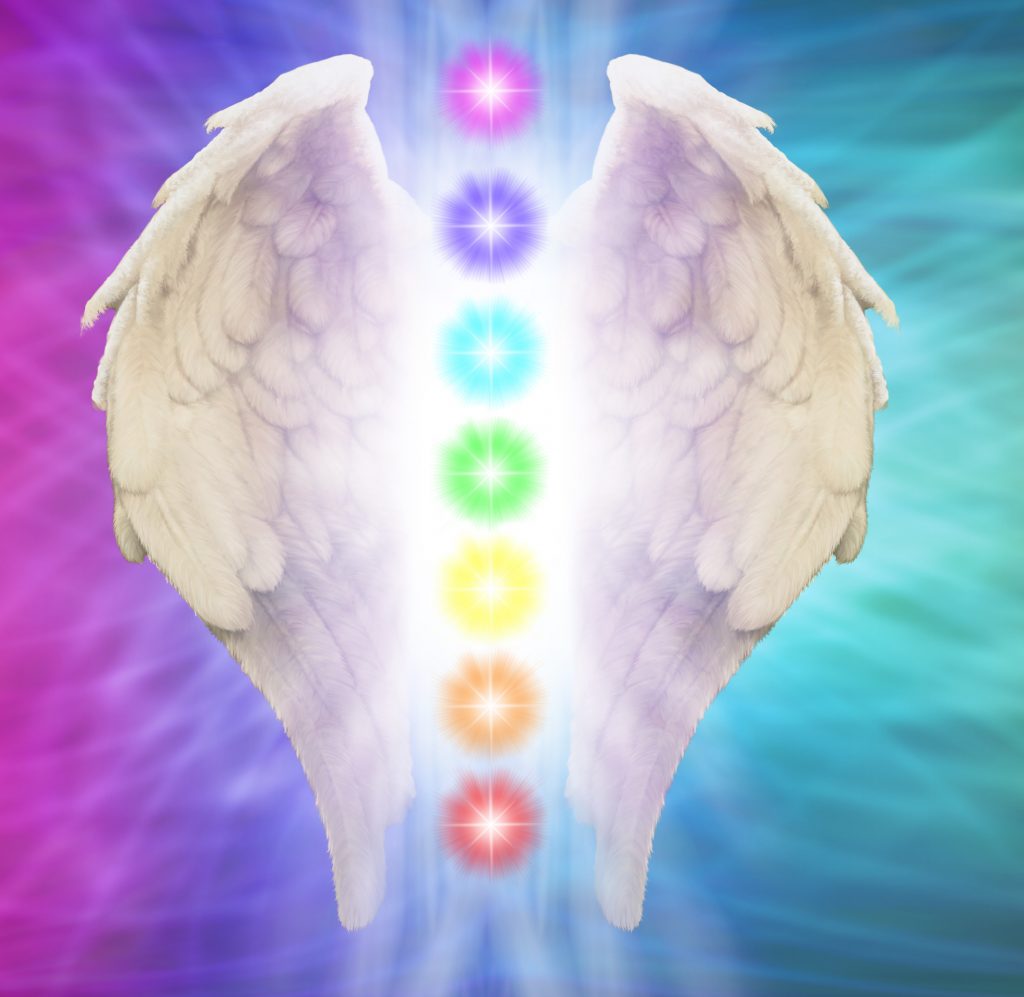
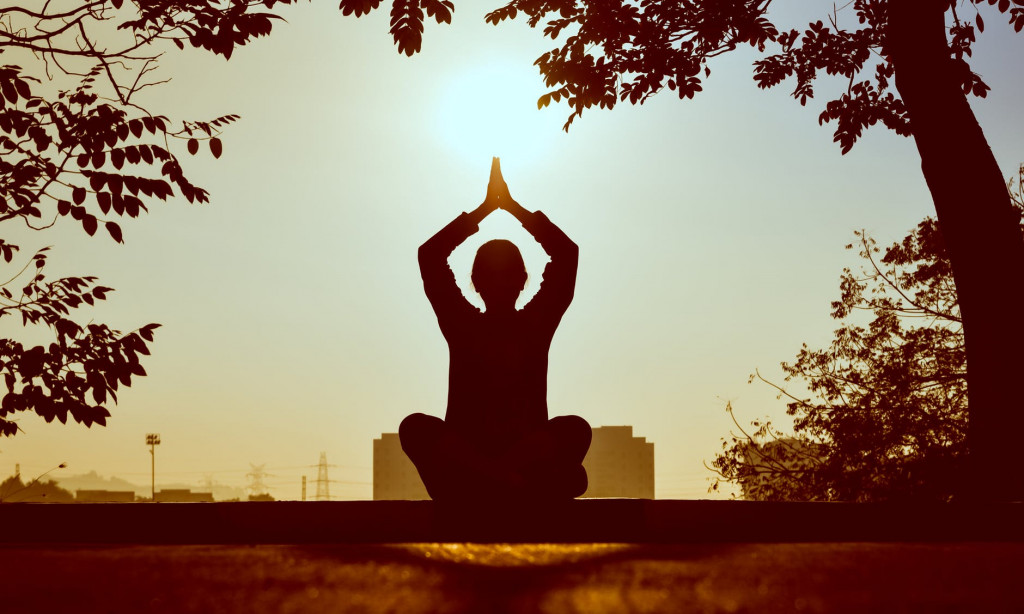


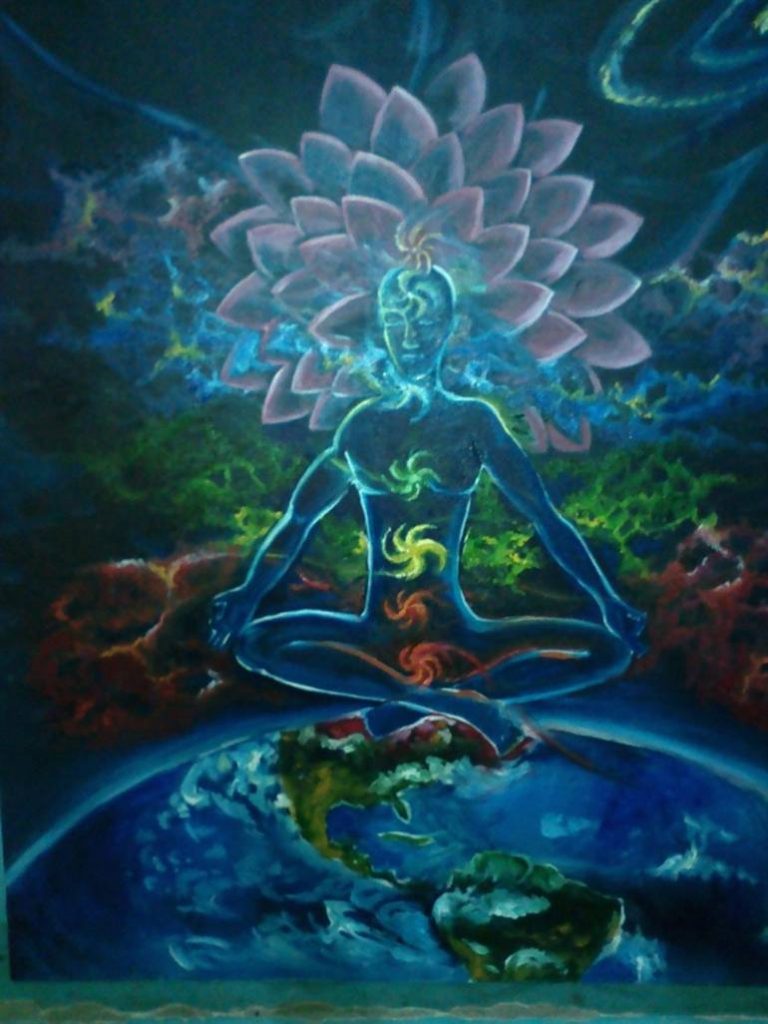
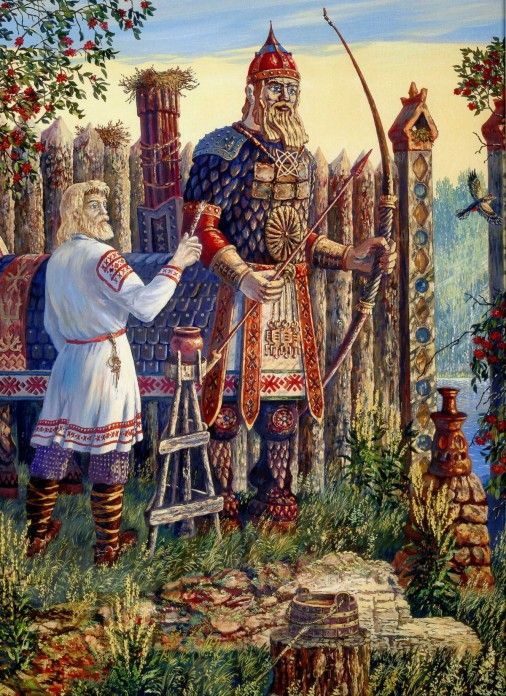
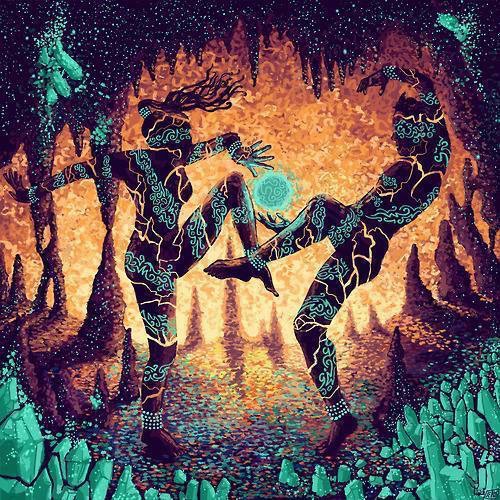
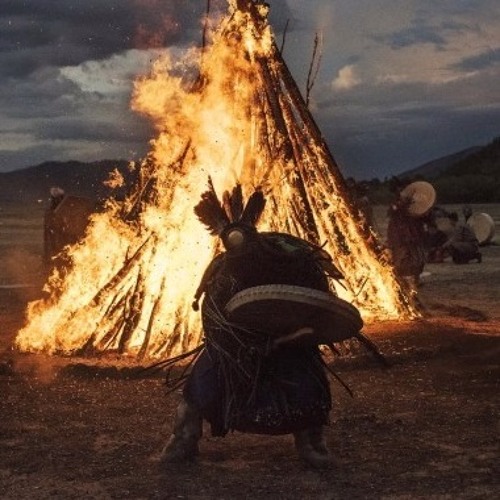
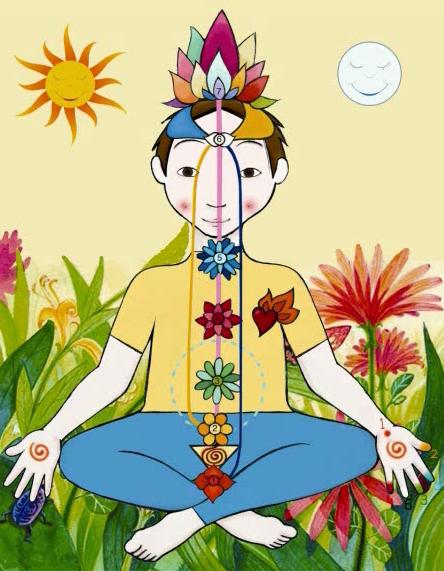
Very very great knowledge !
Thank you ❤️🙏